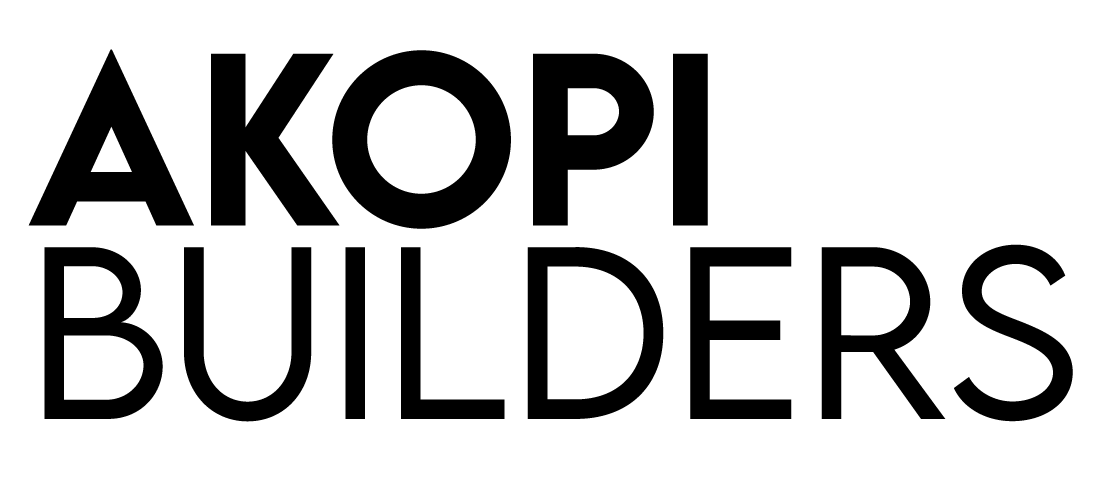Building your own home is a monumental task. It comes with the freedom to make every decision but you also bear the responsibility of ensuring every detail meets your standards. When you manage your home construction without a general contractor, it becomes crucial to maintain a high level of quality throughout the building process. This article explores practical strategies for homeowners to ensure they maintain high standards for quality assurance in their construction project from start to finish.
Establish Clear Quality Benchmarks
Before construction begins, it’s essential to establish what quality means for your project. First, you have to know the answer to one question: What are benchmarks in construction? In this case, benchmarks are points of reference or standards that you compare to the actual progress on your home construction project. Define clear benchmarks that all work must meet, which could include adherence to architectural designs, material specifications, and compliance with local building codes. These benchmarks should be agreed upon with your architects and engineers, as well as shared with your subcontractors to ensure everyone is on the same page.
Conduct Regular Quality Audits
One of the best ways to maintain control over the quality of your construction is to implement regular quality audits. These types of quality audits involve reviewing completed work at each stage of the building process to ensure it meets the defined quality benchmarks. You can perform these audits yourself or hire an independent inspector to provide an unbiased assessment. Quality audits can be random, but be sure to regular checks. The objective of these quality audits is to identify issues early, potentially saving you from costly and time-consuming repairs later.
Hire Independent Inspectors
For critical phases of the construction—like laying the foundation, structural framing, and electrical and plumbing installations—it is advisable to hire independent construction inspectors. These professionals specialize in evaluating specific aspects of building construction and can ensure that the work complies with both the legal standards and your quality benchmarks. Expert assessments from new construction inspectors can help you address potential problems before they escalate into major issues.
Create a Quality Control Plan
Develop a detailed construction quality control plan that outlines the criteria for acceptance and rejection of work at each construction phase. This plan should include:
– Checklists for each phase of construction
– Standards for materials and finished work
– A quality assurance construction checklist
– Procedures for handling non-compliance
At what point in a project should a quality control plan be established? As soon as possible, before you even start physically building. Having a formal plan helps you systematically manage quality and provides a reference for resolving disputes related to workmanship.
Leverage Technology
Use construction management software to track quality control in real-time. Construction management software for home builders can help you keep an eye on every aspect of the construction process, document inspections, and flag areas of concern. Technology not only helps in maintaining records but also in ensuring that no detail is overlooked.
Link to Project Management and Documentation
As discussed in the preceding article on Keeping Detailed Records: Your Project’s Diary, ensuring and recording effective scheduling and oversight are key to keeping a construction project on track. These elements are also critical for quality control—ensuring tasks are completed correctly and on time. The following article on Communication and Problem Solving will further explore how to address any issues that arise swiftly and efficiently, which is essential for maintaining quality throughout the project.
Conclusion
Ensuring high-quality construction without a general contractor is challenging but entirely achievable with the right tools and strategies. By establishing clear quality benchmarks, regularly performing quality audits, hiring independent inspectors, and using technology to streamline processes, you can maintain control over the quality of your home build. Remember, the extra effort and resources you invest in quality assurance not only ensure that your home is built to your standards but also safeguard its long-term value and livability.
—
This article is designed to fit seamlessly into your broader content strategy, providing value to homeowners looking to undertake their construction projects. It offers practical advice that empowers them to handle complex challenges effectively, ensuring their dream home is realized to the highest standards.






 Akopi Builders is a Los-Angeles-based general contractor focused on modern design, interiors and landscapes. From our inception, we have delivered exceptional works. As a full-service contractor.
Akopi Builders is a Los-Angeles-based general contractor focused on modern design, interiors and landscapes. From our inception, we have delivered exceptional works. As a full-service contractor.

